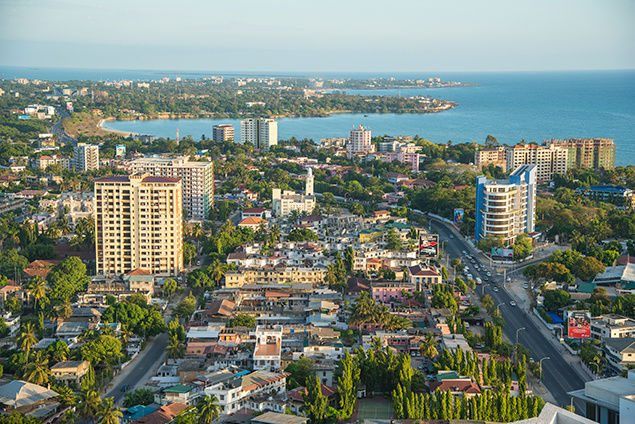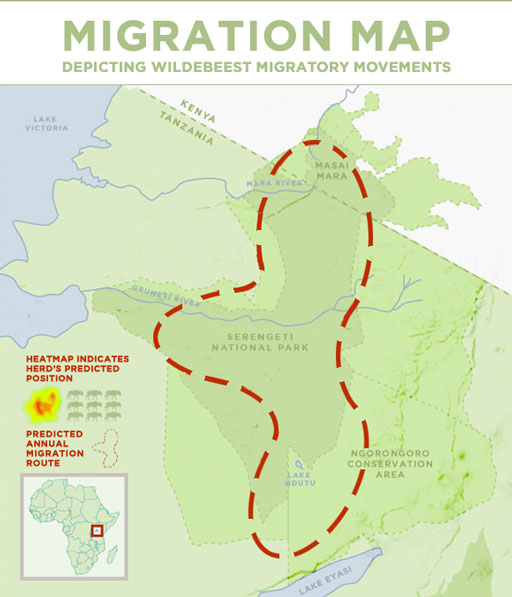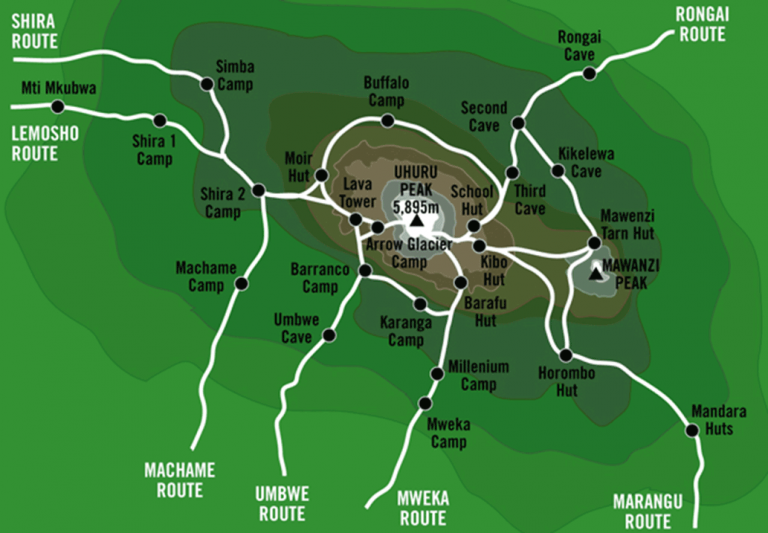Tanzania, East African country situated just south of the Equator. Tanzania was formed as a sovereign state in 1964 through the union of the theretofore separate states of Tanganyika and Zanzibar. Mainland Tanganyika covers more than 99 percent of the combined territories’ total area. Mafia Island is administered from the mainland, while Zanzibar and Pemba islands have a separate government administration. Dodoma, since 1974 the designated official capital of Tanzania, is centrally located on the mainland. Dar es Salaam is the largest city and port in the country.

Land
Tanzania mainland
The Tanzania mainland is bounded by Uganda, Lake Victoria, and Kenya to the north, by the Indian Ocean to the east, by Mozambique, Lake Nyasa, Malawi, and Zambia to the south and southwest, and by Lake Tanganyika, Burundi, and Rwanda to the west.
Relief
Except for the narrow coastal belt of the mainland and the offshore islands, most of mainland Tanzania lies above 600 feet (200 metres) in elevation. Vast stretches of plains and plateaus contrast with spectacular relief features, notably Africa’s highest mountain, Kilimanjaro (19,340 feet [5,895 metres]), and the world’s second deepest lake, Lake Tanganyika (4,710 feet [1,436 metres] deep).
The East African Rift System runs in two north-south-trending branches through mainland Tanzania, leaving many narrow, deep depressions that are often filled by lakes. One branch, the Western Rift Valley, runs along the western frontier and is marked by Lakes Tanganyika and Rukwa, while the other branch, the Eastern (or Great) Rift Valley, extends through central Tanzania from the Kenyan border in the region of Lakes Eyasi, Manyara, and Natron south to Lake Nyasa at the border with Mozambique. The central plateau, covering more than a third of the country, lies between the two branches.
Highlands associated with the Western Rift Valley are formed by the Ufipa Plateau, the Mbeya Range, and Rungwe Mountain in the southwestern corner of the country. From there the southern highlands run northeastward along the Great Rift to the Ukuguru and Nguru mountains northwest of Morogoro. Extending from the northern coast, the Usambara and Pare mountain chains run in a southeast-to-northwest direction, culminating in Kilimanjaro’s lofty snow-clad peak and continuing beyond to Mount Meru (14,978 feet [4,565 metres]). Immediately to the west of Mount Meru, another chain of mountains begins, which includes the still-active volcano Ol Doinyo Lengai and the Ngorongoro Crater, the world’s largest caldera, or volcanic depression. This chain extends through a corridor between Lake Eyasi and Lake Manyara toward Dodoma.
Drainage
Because of its numerous lakes, approximately 22,800 square miles (59,000 square km) of Tanzania’s territory consists of inland water. Lake Victoria, which ranks as the world’s second largest freshwater lake, is not part of the Rift System. Although Tanzania has no big rivers, it forms the divide from which the three great rivers of the African continent rise—the Nile, the Congo, and the Zambezi, which flow to the Mediterranean Sea, the Atlantic Ocean, and the Indian Ocean, respectively. Separated by the central plateau, the watersheds of these rivers do not meet.
Soils
The variety of soils in mainland Tanzania surpasses that of any other country in Africa. The reddish brown soils of volcanic origin in the highland areas are the most fertile. Many river basins also have fertile soils, but they are subject to flooding and require drainage control. The red and yellow tropical loams of the interior plateaus, on the other hand, are of moderate-to-poor fertility. In these regions, high temperatures and low rainfall encourage rapid rates of oxidation, which result in a low humus content in the soil and, consequently, a clayey texture rather than the desired crumblike structure of temperate soils. Also, tropical downpours, often short in duration but very intense, compact the soil; this causes drainage problems and leaches the soil of nutrients.
Climate
Mainland Tanzania can be divided into four principal climactic and topographic areas: the hot and humid coastal lowlands of the Indian Ocean shoreline, the hot and arid zone of the broad central plateau, the high inland mountain and lake region of the northern border, where Mount Kilimanjaro is situated, and the highlands of the northeast and southwest, the climates of which range from tropical to temperate. Tanzania’s warm equatorial climate is modified by variations in elevation. The high amount of solar radiation throughout the year is associated with a limited seasonal fluctuation of temperature: the mean monthly variation is less than 9 °F (5 °C) at most stations. Ground frosts rarely occur below 8,200 feet (2,500 metres).









